The Power of Limited Ingredient Dog Food for Allergies, Itchy Skin, and Sensitive Stomachs
6/26/19

Last Updated on
Limited ingredient dog foods are a relatively new pet trend. This guide explains types of limited ingredient foods, what they offer, when it’s time to make the switch, and how it can help pets suffering from allergies, itchy skin, and sensitive stomachs.
What is Limited Ingredient Dog Food?
Also called limited antigen dog food, limited ingredient dog foods have minimal components to reduce allergic reactions and food intolerances while providing adequate or superior nutrition. These diets have one or few high-quality proteins and one or few carbohydrates from vegetables, fruits, and grains or starches.
Pet food manufacturers created limited ingredient recipes in response to pet-owner worries over food allergies in their companion animals. Limited ingredient diets are an animal-focused version of the clean, minimally processed foods people frequently seek for their health. Some limited ingredient foods also include vitamins and other supplements. Strict veterinarians and vet nutritionists consider limited ingredient or hypoallergenic foods to be those containing only one protein and one carb.
What Problems Can Limited Ingredients Solve?
A healthy diet can often mitigate poor health issues in dogs, including:
- Bladder stones
- Obesity
- Diabetes
- Itchy or flaky skin and other skin issues
- Dull coat
- Poor hair growth
- Ear infections
- Weight loss or weight gain
- Hot spots
- Vomiting, diarrhea, or other digestive problem
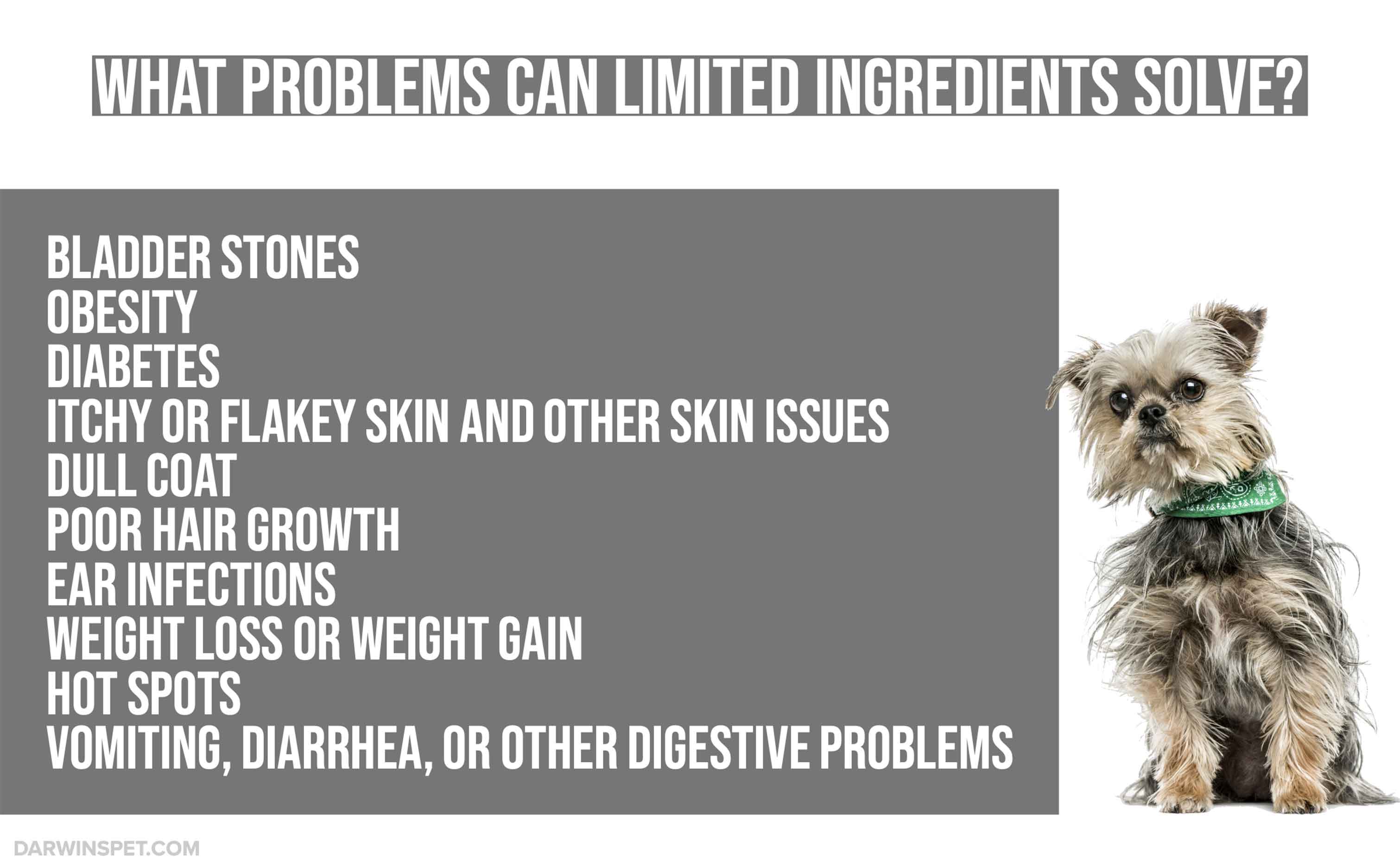
How Do You Recognize Limited Ingredient Dog Food?
Although commercially available limited ingredient recipes have improved over the years, no official definition exists for limited ingredient foods, which differ by recipe and manufacturer. Originally, limited ingredient diets were not available commercially, but manufacturers started producing them at the request of vets implementing elimination diets. Look for these characteristics in limited ingredient dog food:
- They are free of fillers from animal b-products, beet pulp, corn, and wheat.
- Watch for better quality ingredients, including ethically raised animal proteins and sustainably grown vegetables.
- They are often grain-free.
- A strict recipe uses only one protein and one carbohydrate and no supplements. This diet is the basis for an elimination diet.
- Less rigorous versions use:
- One protein and a few carbs.
- One protein, one fat, and one carb.
- A range of four to nine ingredients.
- Commercial foods may offer two novel proteins and novel carbs like squash or sweet potato. The proteins can be different variations on a single protein, such as chicken, chicken byproduct and chicken liver.
- Commercial foods can include limited ingredient kibble.
Watch out for these pitfalls in commercially processed limited ingredient food:
- General descriptions such as “poultry”, which can mean turkey, chicken, or any other fowl, aren’t informative when trying to determine allergens or when you know your dog is allergic to one type of poultry.
- Blends often include vitamins, condiments, plants, and botanicals, which can cause sensitivities or allergies.
- Commercial dog foods can include prebiotics and probiotics.
Common Causes of Food Sensitivities and Food Allergies
Limited ingredient diets are useful for identifying and managing food intolerances and food allergies, which can be life-threatening. Food sensitivities or intolerances are digestive system responses that occur when a body lacks enzymes to digest a substance (lactose in milk) or reacts to natural or man-made chemicals such as food coloring, or even Salmonella or mold in spoiled food. The food cannot be digested or absorbed as nutrients by the body, making the dog temporarily sick or uncomfortable.
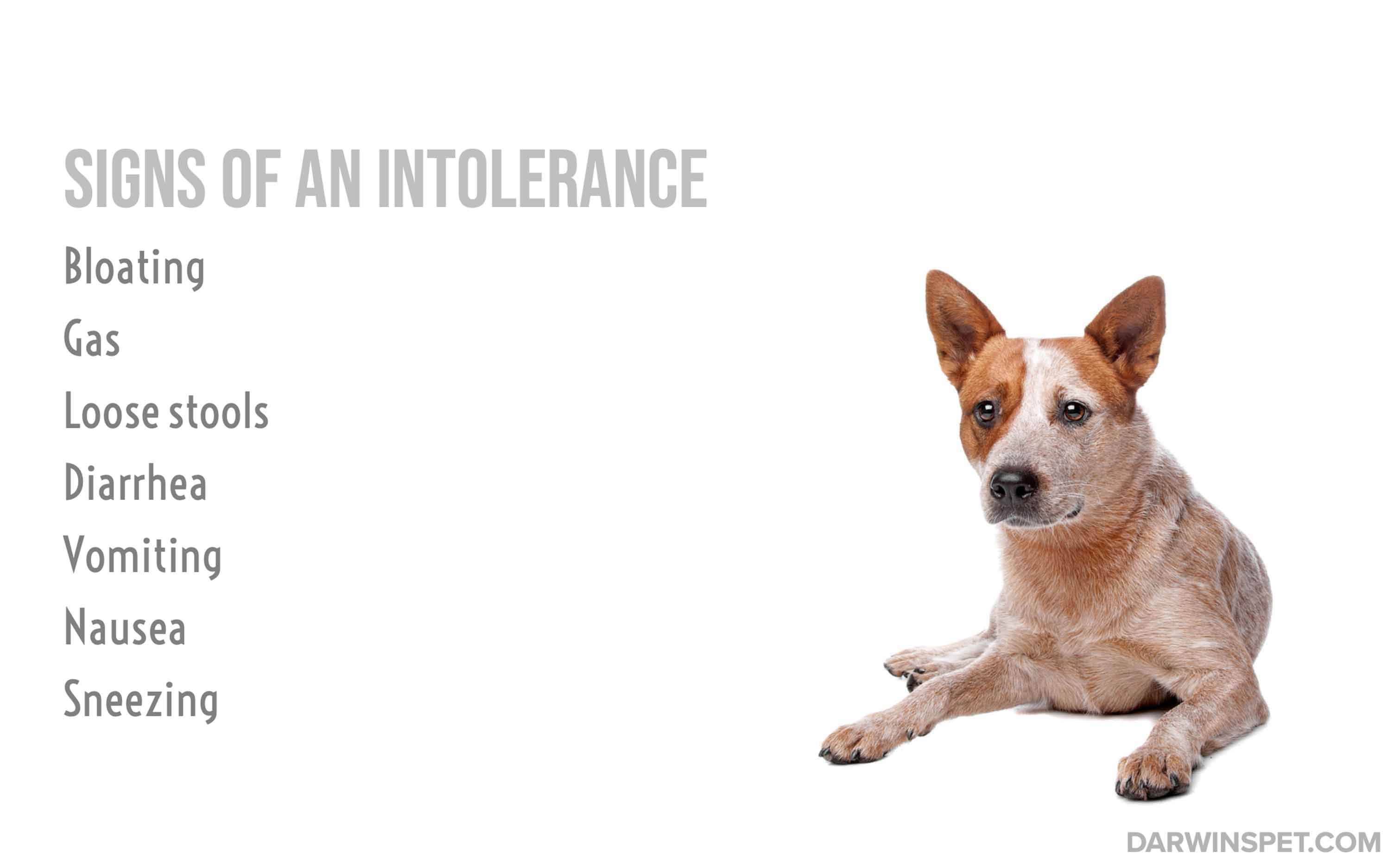
Food allergies are immune system responses that develop in dogs after frequent exposure to certain foods or when their parents pass reactive genes that predispose them to allergies. Proteins found in meat, poultry, fish and seafood, or plant products are the cause of ninety-five percent of allergies in dogs. With allergies, the body considers a specific protein as a foreign element which it must attack, and it produces antigens or antibodies to eliminate it. Some vets and dieticians consider beef, dairy, wheat, eggs, soy, and chicken to be the most common allergenic ingredients in commercial dog food. Dogs are also commonly allergic to sweet potatoes, white potatoes, and other grains, including rice and rye.
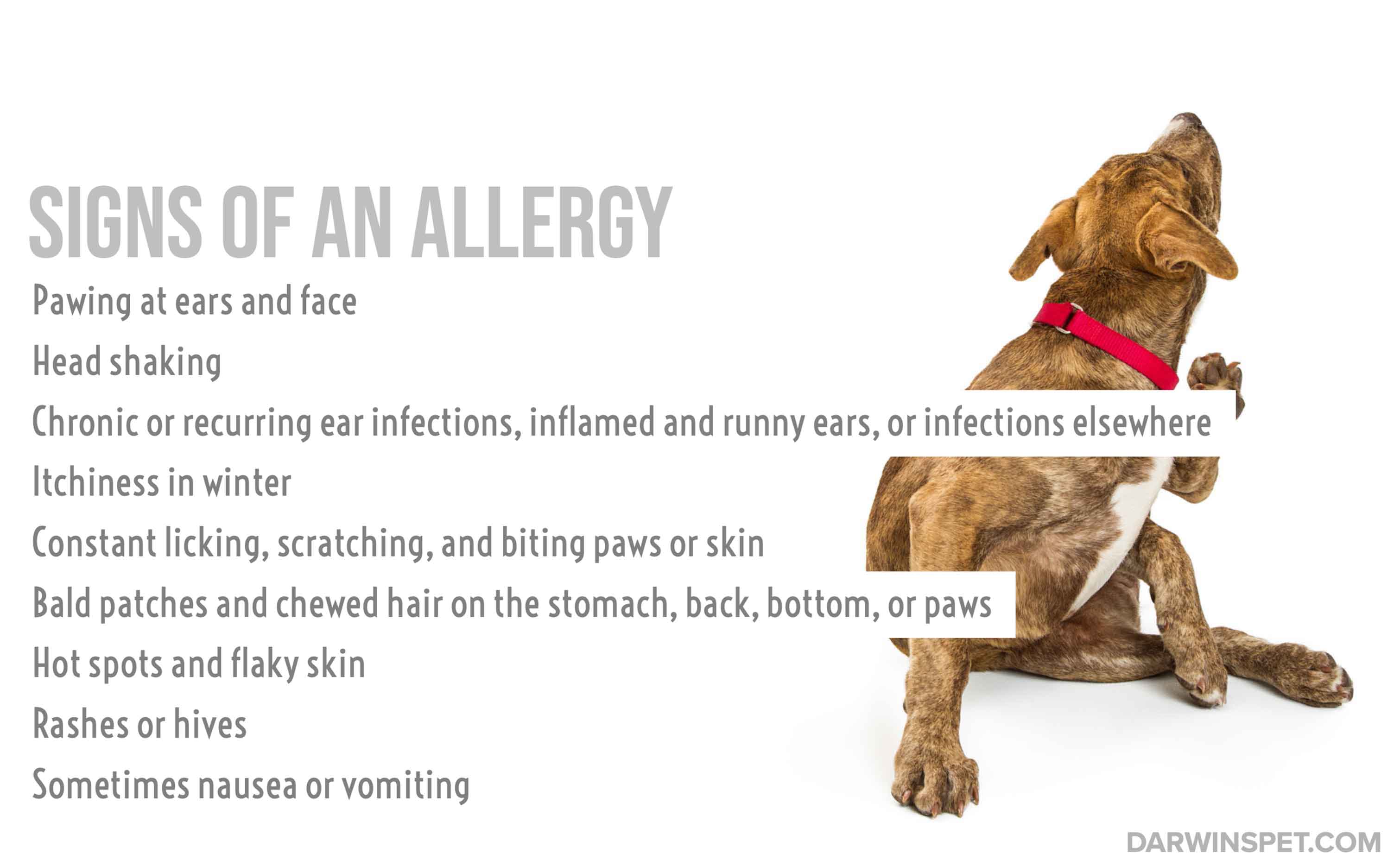
The Mechanism of Food Allergies from Proteins
Here’s what happens when your dog consumes an allergenic food:
- Chewing food starts to break down carbohydrates.
- Proteins and fat pass to the stomach to begin digestion.
- Proteins break down into peptides.
- The digested peptides pass to the small intestine.
- Peptides further break down into amino acids.
- Amino acids absorb into the bloodstream and disperse throughout the body to do their work.
- If the dog has an allergy, the stomach can only break down some or none of the protein.
- Proteins pass whole into the gut, which the immune structure of the intestines recognizes as foreign. Immunoglobin A antigen cells in the intestines allow amino acids and even the larger peptides to pass because they are small enough, whereas whole protein molecules are too big.
- The gut-associated lymphoid tissue (GALT), often suppresses a reaction. However, with genuine allergies, the GALT fails. The associated mucosa-associated lymphoid tissue (MALT) then snaps into action, often producing histamine, which is responsible for inflammatory symptoms we associate with allergies. The more exposures to the allergen, the stronger the reaction.
Is Limited Ingredient Dog Food Right for Your Dog?
Limited ingredient food usually isn’t necessary for healthy dogs. If you suspect your dog has health issues, first consult with your vet to ensure there is no serious underlying condition. Keep in mind, food is the cause of less than 10 percent of dog allergies, but food is frequently the first source held responsible for skin and other issues. Allergies usually result from environmental causes, such as pollen, grass, spores, dust, feathers, dander, soaps, cleaners, cigarette smoke, perfumes, shampoos, fabric, rubber, plastic, or pests such as mites and fleas. However, a limited ingredient diet of sustainably raised protein and carbs can often soothe skin and digestive irritations and possibly preempt some health problems.
Vets may suggest switching first to grain-free food, without wheat, corn, or soy. If vets suspect allergies, they may conduct blood or skin tests, although those tests can prove inconclusive. Vets sometimes recommend prescription food, which is usually hydrolyzed, meaning the proteins are processed into amino acid blocks that the body doesn’t recognize as an allergen. However, an elimination diet is often the clearest path to isolate allergenic foods and healing symptoms.
Role of Limited Ingredient Dog Food in an Elimination Diet
An elimination diet involves consuming a limited ingredient diet to identify the exact allergenic food. Your dog may be allergic to several ingredients, so be prepared to switch components one or more times until you find the right foods. Also, document all the foods you try, the date when you try them, and when any symptoms appear. Here’s how an elimination diet works:
- Gradually Stop Serving the Current Food: Over a week or two, slowly feed less and less of the old food as you introduce the new food.
- Change to One Protein and One Carbohydrate: When searching for allergens, novel foods can be particularly important. Novel foods are proteins, carbs, and fats that your dog has not previously eaten and is unlikely to have built-up a resistance against.
- Feed the Limited Ingredient Diet for Eight to Twelve Weeks: Some improvement in symptoms should appear within four to six weeks, possibly sooner, depending on the breed and size of your dog. Avoiding supplements for the first month can help dietary culprits become more obvious.
- Avoid Other Food: Align all treats, flavored medicines, and supplements with the limited ingredient diet. Make sure your dog doesn’t sneak other food and that your children, doggy daycare attendants, and others don’t feed your dog prohibited food items.
- Challenge the Diet: When symptoms clear, gradually reintroduce the suspected allergenic foods, one protein at a time. Problem foods will show signs within days to two weeks. If symptoms recur or new symptoms appear, remove the problem food again. If no symptoms appear, add another protein. Talk to your vet if you see new symptoms.
It’s best not to guess what food your dog is allergic to or randomly try different dog foods. First, it can be expensive to try different commercial blends or even exotic novel proteins. More importantly, you could end up overexposing your dog to a potential allergen, causing further issues.
Benefits of Limited Ingredient Diets for Dogs
Whether or not you are treating specific health issues, limited ingredient diets offer many benefits.
- No fillers, such as corn, wheat, or soybeans
- Better and higher quality food
- Higher content of animal protein, which dogs need
- Fewer carbohydrates
- Reduced fat-to-protein ratio
Additionally, limited ingredient foods leave out unwanted items found in other commercial dog foods:
- No unnatural preservatives
- No anonymous meat ingredients or unnamed animal fat
- No toxic colors
- No propylene glycol
What Is the Best Limited Ingredient Dog Food for Allergies?
Locating the right food for a dog with allergies or sensitivities can seem demoralizing. The cost of limited ingredient, grain-free dog foods or novel proteins can seem unaffordable, especially for large breeds.
Examine the label’s guaranteed analysis, which provides maximum percentages of crude fiber and moisture and minimum percentages of crude protein and crude fat, to ensure you’re getting balanced food. Then, look for these characteristics:
- The meal should contain one protein and one carbohydrate. Some say no more than five ingredients.
- Watch for novel whole proteins. Novel foods are those the dog hasn’t eaten before and therefore would not have built up antigens to fight it. Novel foods won’t prevent allergies from developing, but exposure to them is less likely.
- Examples of Novel Animal Protein: Game meat, buffalo, kangaroo, pheasant, venison, and duck. Lamb and fish may also be novel to your pet, although they now appear frequently in commercial foods. Rabbit appears more often in dog foods, but as a novel protein can be particularly healing.
- Try Local Novels First: If a dog develops allergies to exotic foods, your choices are severely limited.
- Examples of Novel Carbs: Squash, amaranth, millet, and quinoa. Sweet potatoes and peas are also on the list but can cause issues. Limit the use of white potatoes because the natural component solanine can exacerbate arthritis.
- Look for zinc, copper, and selenium, as well as vitamins A, C, E, and B6 to support the immune system in the gut.
Avoid poultry byproduct meal, corn, wheat, soy, artificial colors, flavors, and preservatives. Although legumes and peas may be novel, they can also be hard for dogs to digest. On a limited ingredient diet, observe the dog’s stool; soft stools or diarrhea are probably due to plant protein, not allergies. To remedy, try feeding more animal protein.
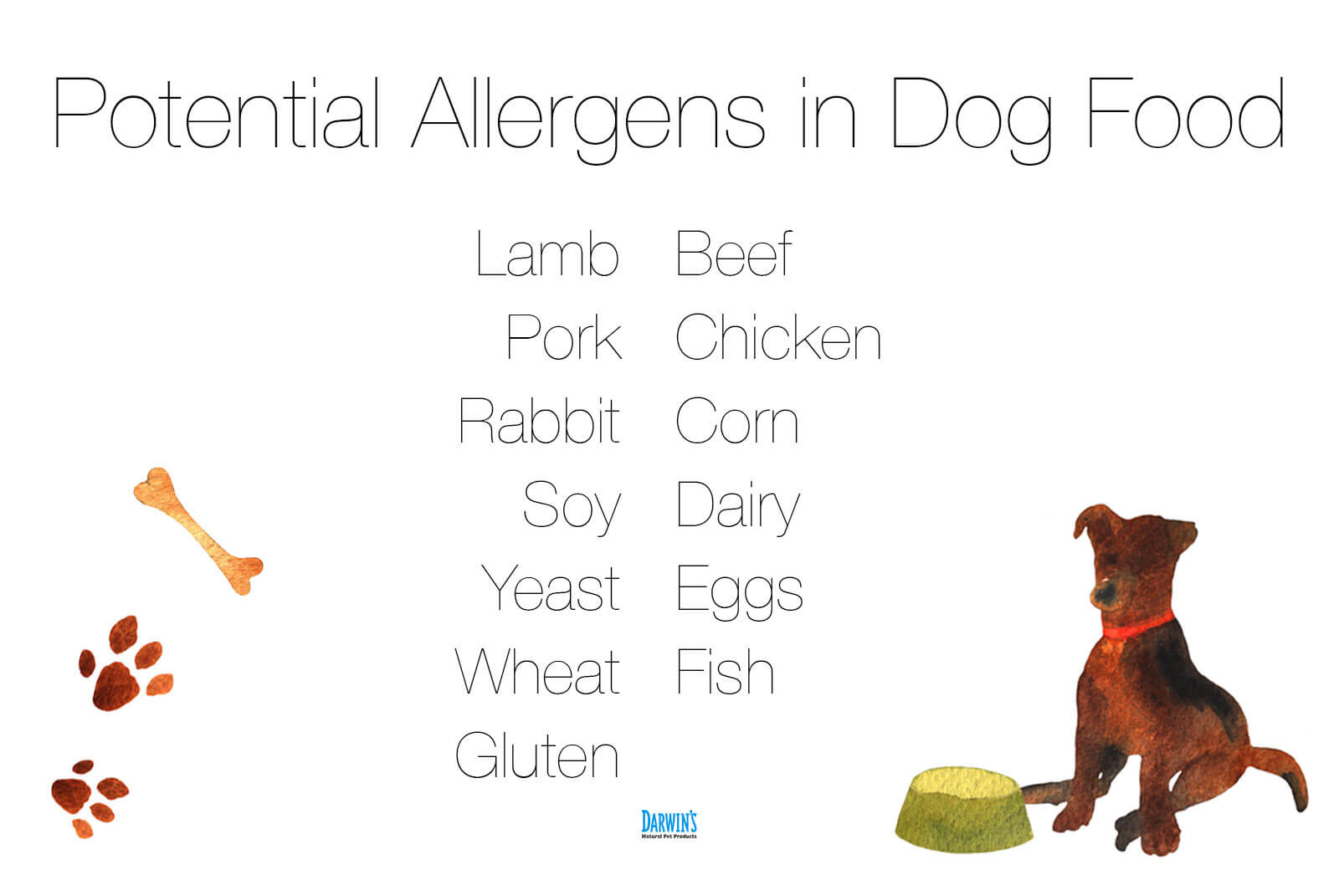
How to Understand Dog Food Labels
It’s important not to confuse the concept of limited ingredient food with limited nutrition. A complete and balanced diet has the appropriate combination of protein, carbohydrates, fat, and 23 essential vitamins and minerals specified by the American Federation of Feed Control Operators (AAFCO) to maintain dog health for each life stage. The first ingredient listed should be a whole protein, rather than a protein meal or byproduct. Gain a better understanding of dog food labels by reading How to Read and Compare Dog Food Labels.
Limited Ingredient Dog Food for Allergies for Itchy Skin

If your dog has skin issues, consider a limited ingredient diet. Dr. Judy Morgan is a holistic veterinarian, author of three books on animal nutrition and health, and pet industry Woman of the Year for 2018. “Limited ingredient certainly makes it easier to determine what is causing, or not causing, itchy skin. If there are only a few ingredients it’s easier to narrow down the problem,” she explains.
Ensure that your dog’s diet includes omega-3 and omega-6 fatty acids, and consider omitting legumes and other starches while trying a grain-free limited ingredient dog food. “Unfortunately, the big craze with grain-free foods does not eliminate starches,” says Dr. Morgan. “I still see a ton of dogs with itching due to the starches in potatoes and legumes. Starches break down to sugars, sugars feed yeast, and yeast causes itching.”
How Can Limited Ingredient Wet Dog Food Help with Allergies?
Wet food, also known as canned foods and raw foods, are generally preferable to kibble. “Moisture is so important for the body in general,” explains Dr. Morgan. Wet foods contain more protein and less carbohydrates than dry foods. Dr. Morgan names rabbit and fish among the best in hypoallergenic and wet foods, along with rich but energetically cooling duck, a relatively novel protein.
Benefits of Wet Food for Senior and Other Dogs
Dogs eating wet food can feel fuller and eat more while not adding significant calories and carbs. Additionally, wet foods, with their stronger aroma and chewable texture, can benefit senior dogs who may have lost their sense of smell or have dental issues, and sick dogs who cannot smell or have lost their appetite.
Wet foods are usually packaged fresh, while kibble usually goes through several processing steps, which reduces nutrient levels. Since wet food is sealed into a container, it requires none of the preservatives, fillers, and extra colors and flavors usually added to kibble. Still, read the label to confirm what you are buying.
Another type of wet food is raw food, whether purchased or made at home, which can provide extra moisture in a dog’s diet and give you control over the ingredients. Just be sure the blend is complete and balanced.
Limited Ingredient Dog Food for Sensitive Stomachs
Symptoms of a sensitive stomach are occasional loose poop, gas, or vomiting. If your dog seems sensitive to certain foods, visit the vet to ensure no significant issues are causing the stomach upset. Once you rule out serious problems, focus on finding the source of the upset, which can be anything from a reaction to additives to a dog scavenging from the compost bin or breaking into the pantry to steal kibble or other foods. Limited ingredient foods offer a plain diet without additives or supplements, which can be easier for a dog to digest.
Does My Dog Have a Food Allergy?
Although some symptoms overlap between allergy and an intolerance, some symptoms appear more often with allergies. For that reason, consult your veterinarian if you suspect a problem. Generally, itching and issues around the head and face involve food allergies; itchy paws tend to result from environmental allergies.
What Breeds Are Prone to Allergies?
Allergies usually appear in dogs after the age of two. Why allergies appear in some breeds and not others is unclear. Allergies may result from parents who are too closely related or parents who both have allergies. Here is a list of breeds that are particularly prone to allergies:
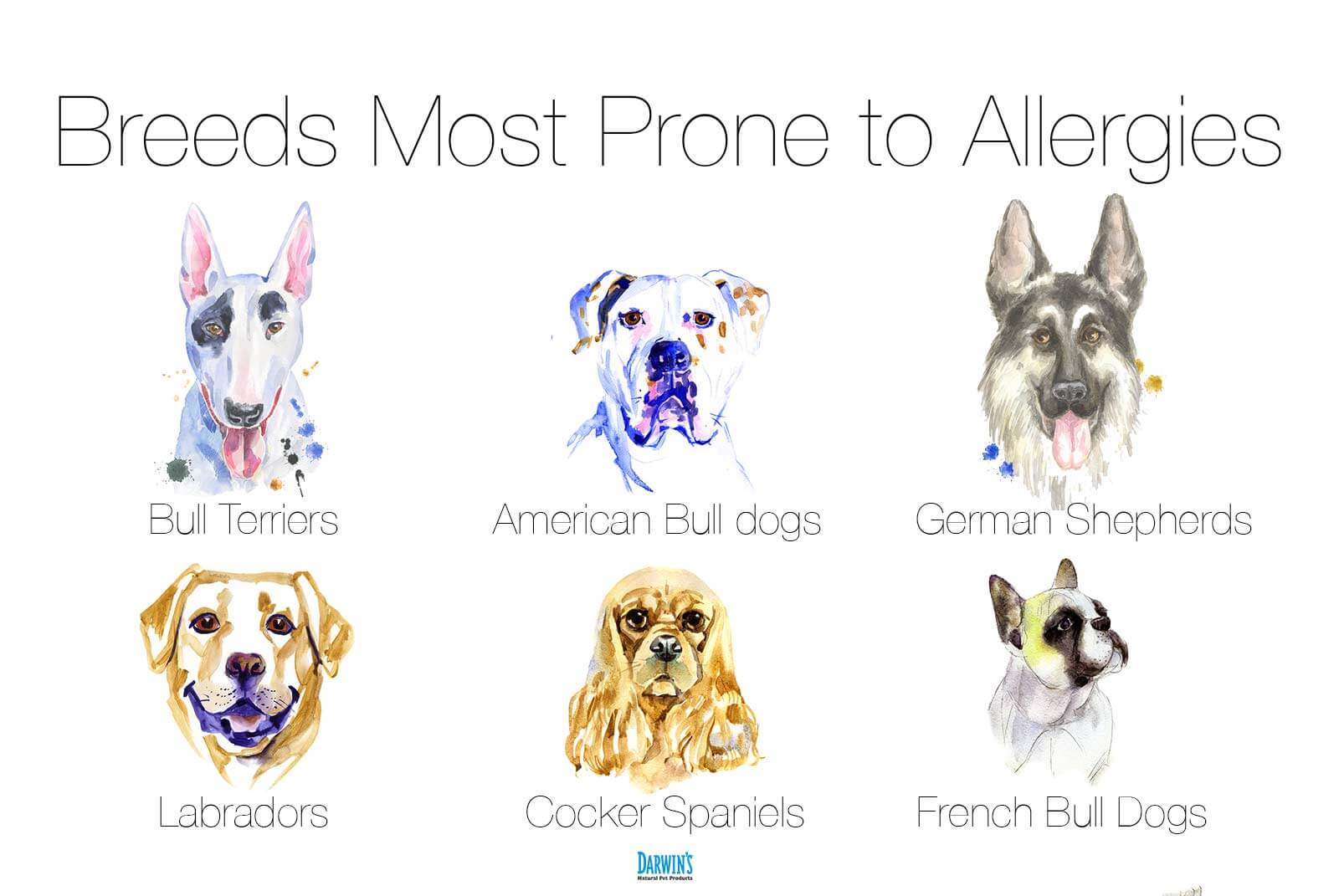
Raw Dog Food Is an Ideal Limited Ingredient Diet
By nature, raw dog food contains limited ingredients, so you know exactly what’s included in the recipe. There are also no additives, which can cause intolerances or flare up allergies. Each Darwin’s recipe contains a single-source protein, which is ideal when going through an elimination diet with your dog. If you’re interested in feeding Darwin’s as part of an elimination diet, be sure to consult your vet as Darwin’s does include vitamins in recipes. That said, all the ingredients Darwin’s includes are listed clearly online and on our packaging, so there’s no confusion or surprise irritants. With no grain or filler, and with recipes unique to each protein, Darwin’s is well-suited for a dog with diagnosed allergies.
At Darwin’s Pet Products, our number one goal is to help keep your pets healthy and active for as long as possible and a diet consisting of hypoallergenic dog food can help. To help accomplish this goal, we provide a library of articles in the hope of providing consumers with useful information to help their pets. And, primarily, we produce affordable, high-quality raw dog and cat meals which we ship directly to consumers, so they are as fresh and convenient as possible. Our meals are high in protein, gluten-free, wheat free, and are created to provide complete and balanced nutrition. We encourage you to learn more about our meals for dogs and meals for cats.
If you think you might want a trial of Darwin’s pet food (at an introductory price), we would love to send you our meals and hear how much your dog or cat loves them. We also offer free menu consultations with our team if you have any questions.



